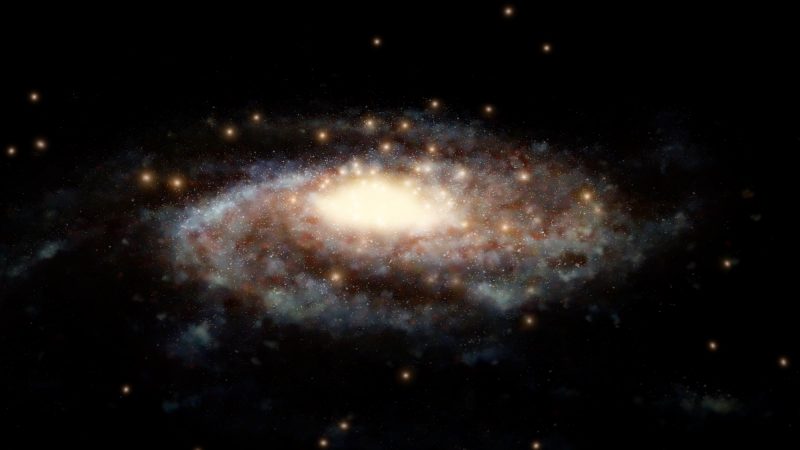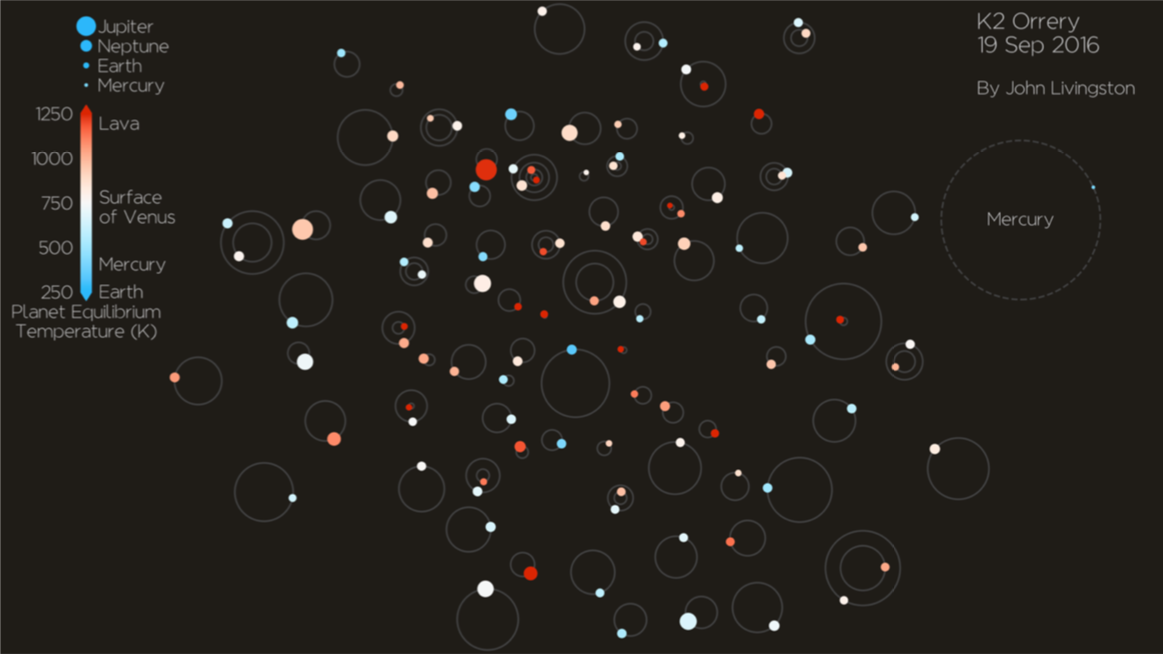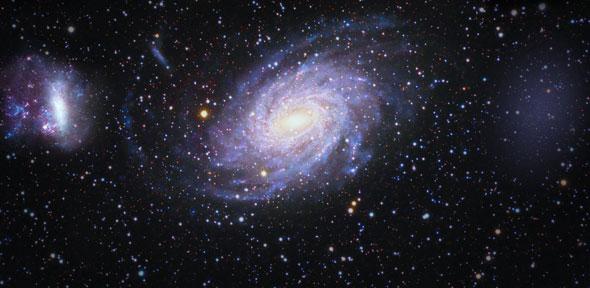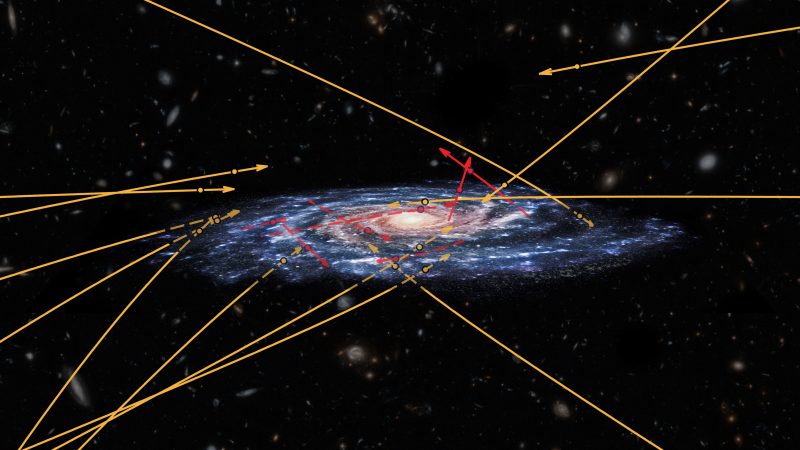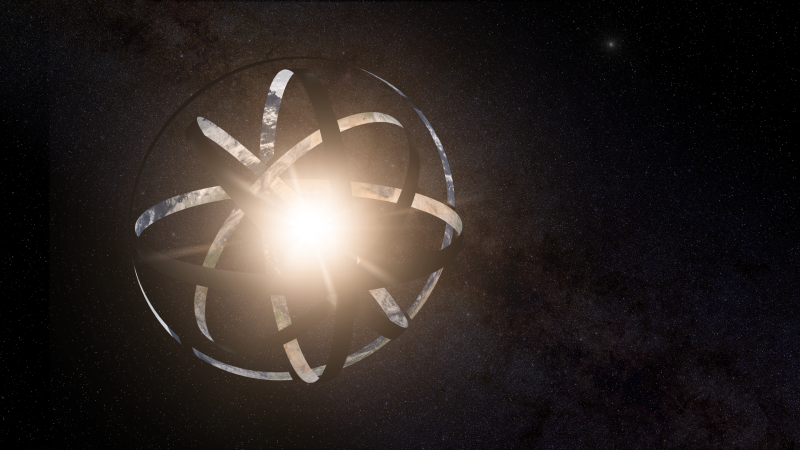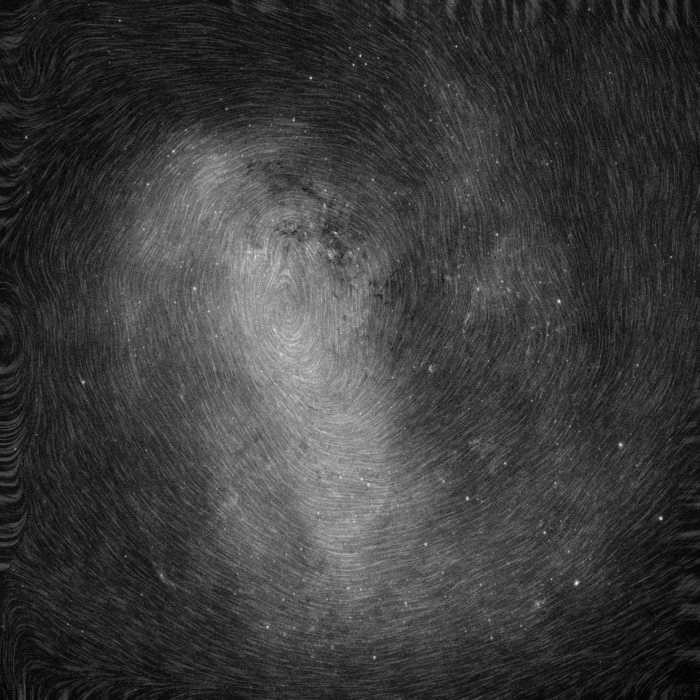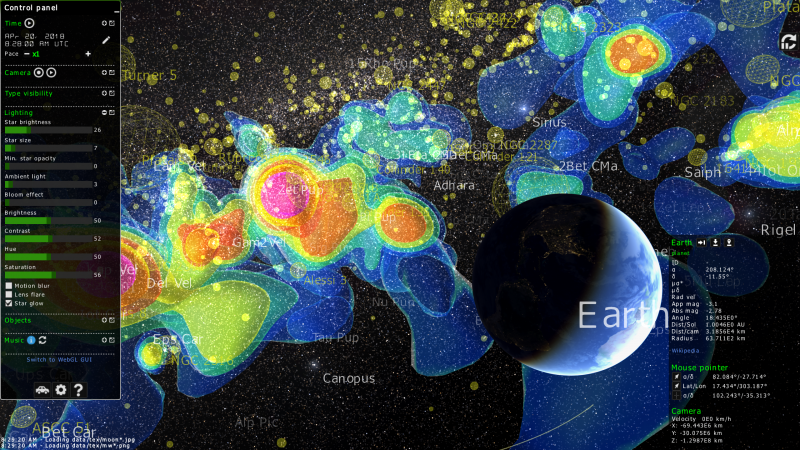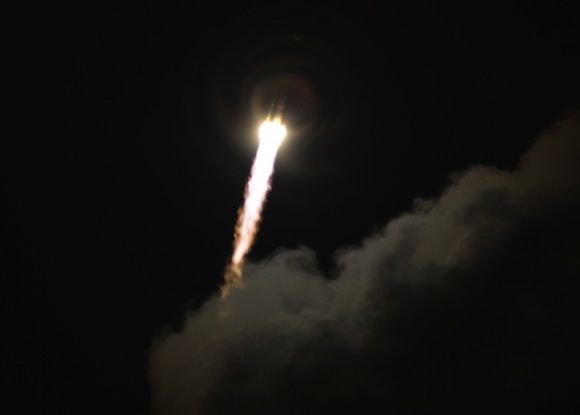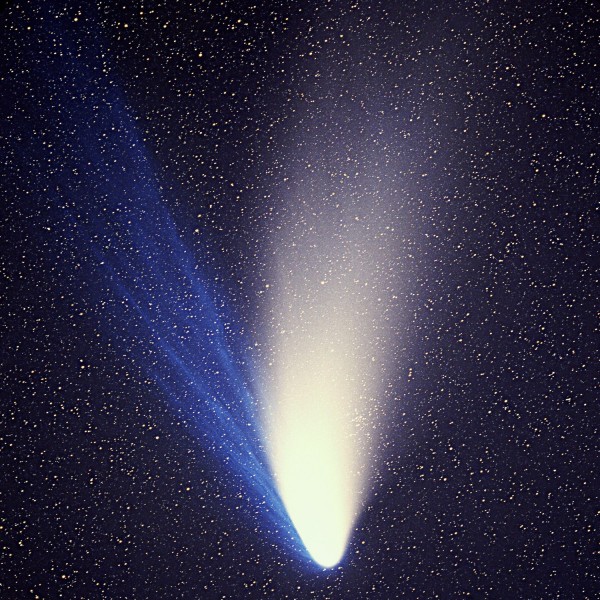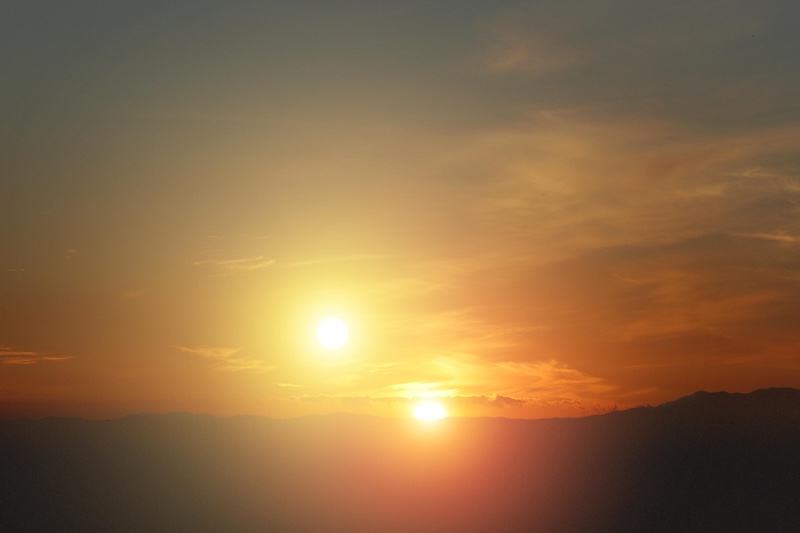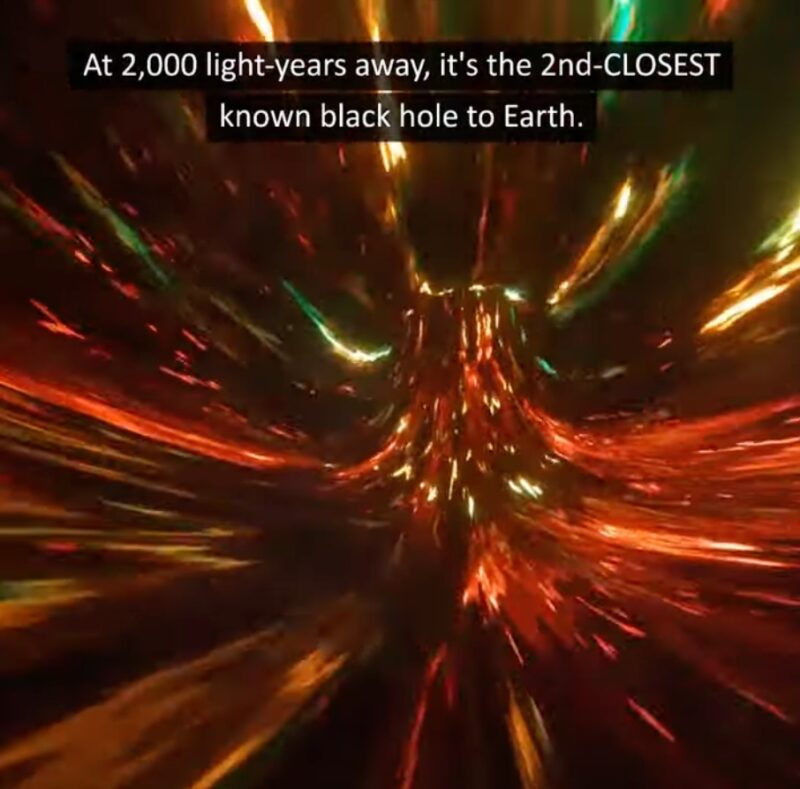
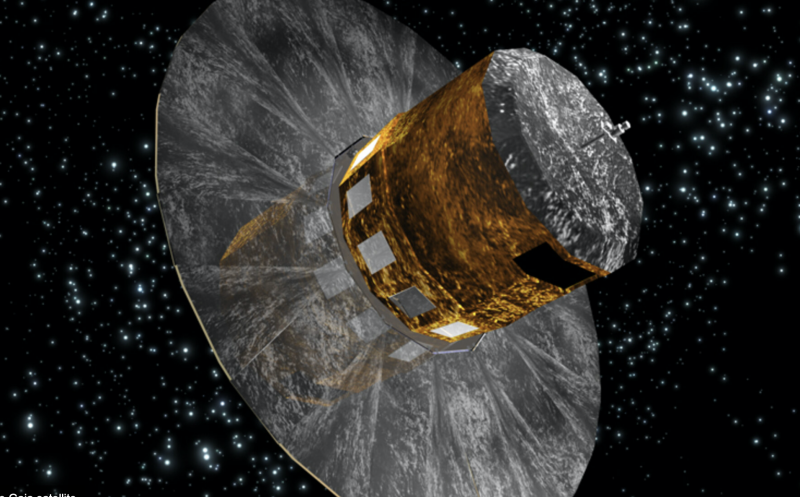
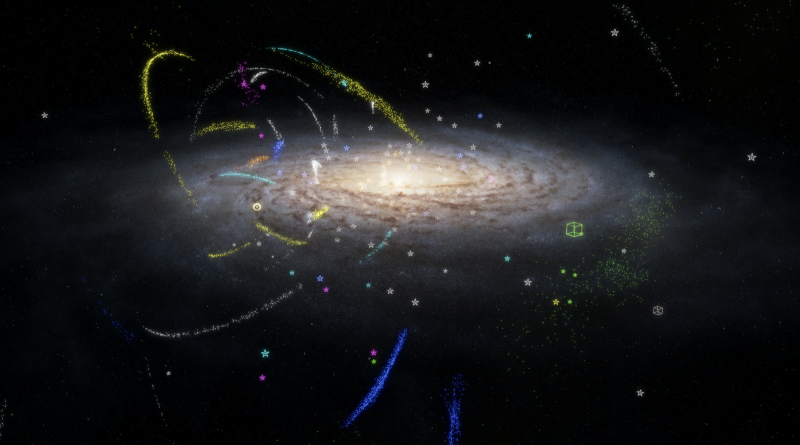
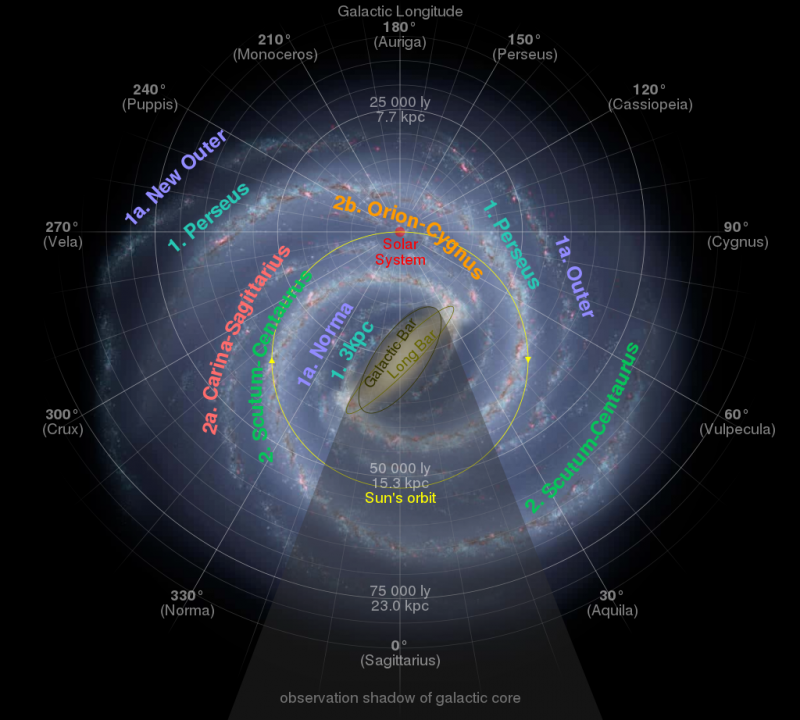
Gaia’s 3rd data release: Gazing toward the galactic anticenter
The 3rd data release from the Gaia mission will provide astronomers with a "treasure trove" of information they didn't have before. As they analyze Gaia's data in the years ahead, we're sure to learn new and surprising things about our home galaxy, the Milky Way.
Read More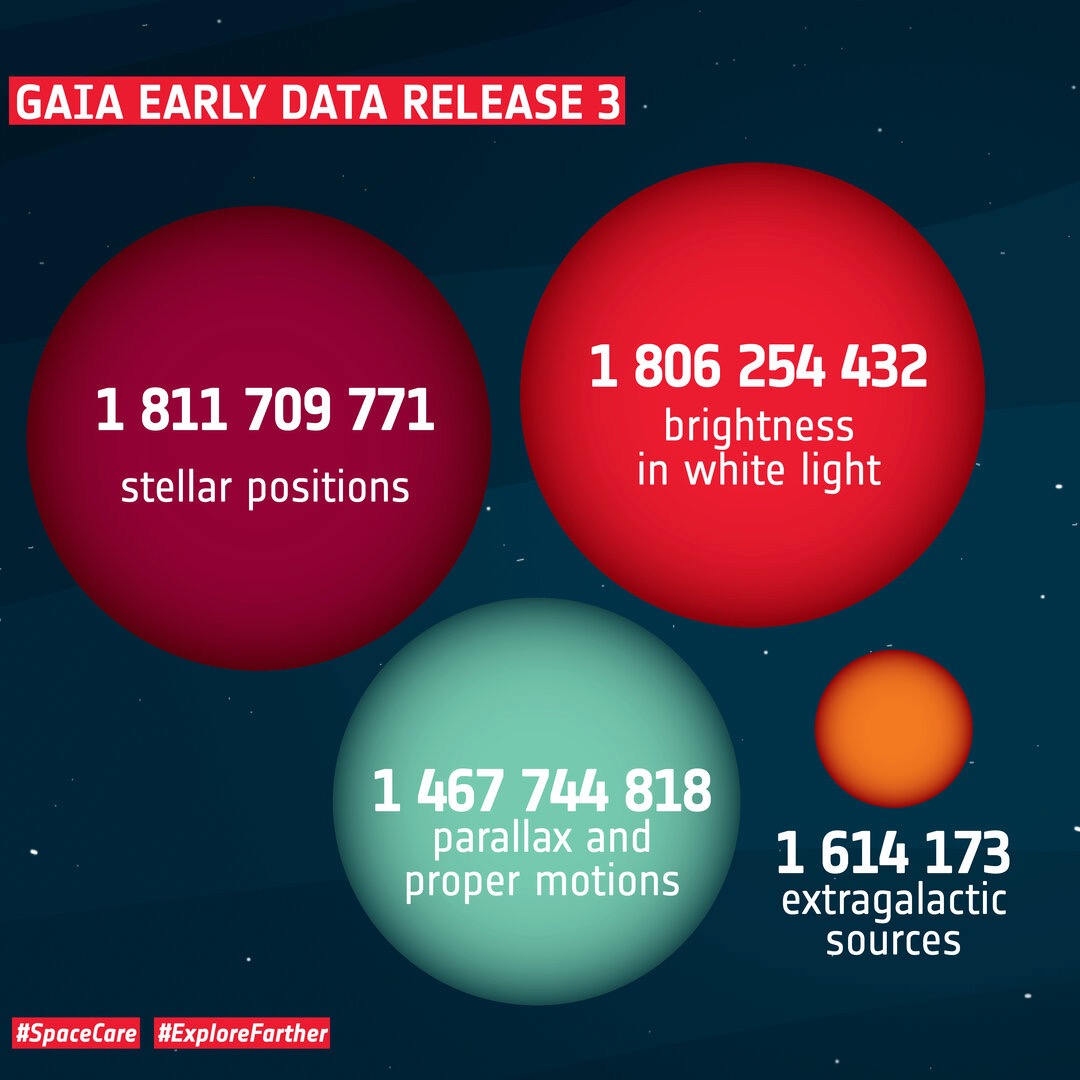
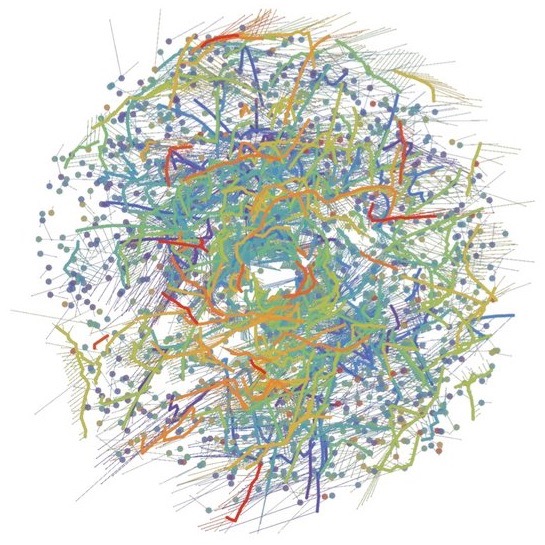
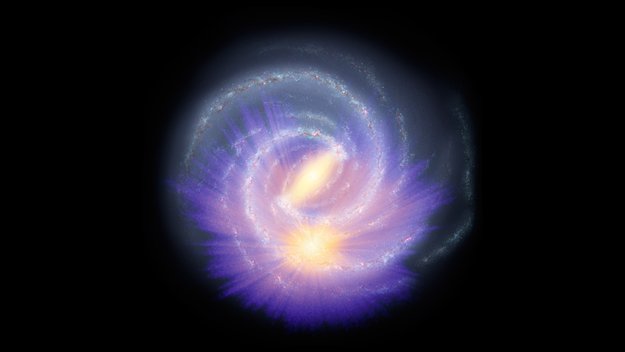
Gaia starts mapping our Milky Way’s bar
"We knew the Milky Way had a bar, like other barred spiral galaxies. But we only had indirect indications from the motions of stars and gas. This is the first time we see the galactic bar in 3D space, based on geometric measurements of stellar distances."
Read More